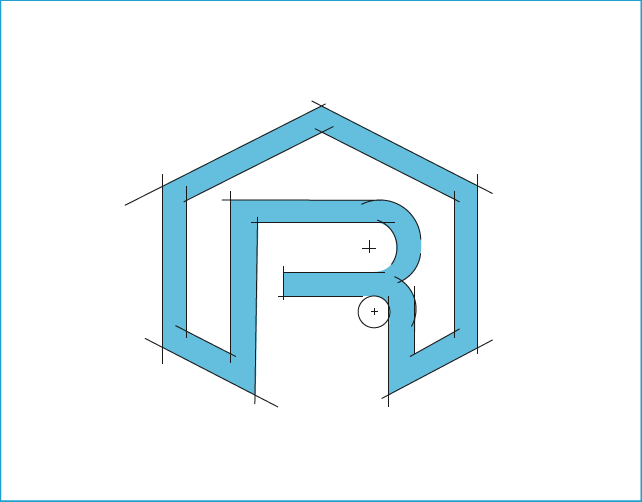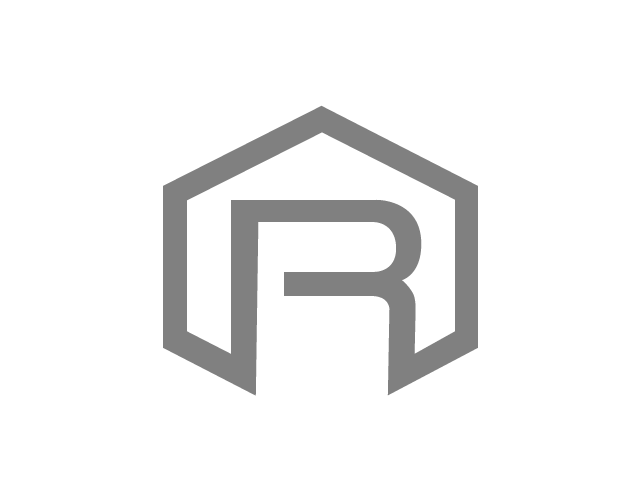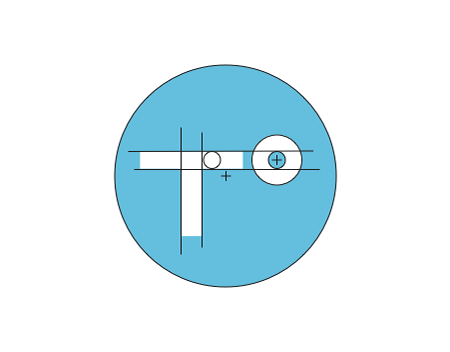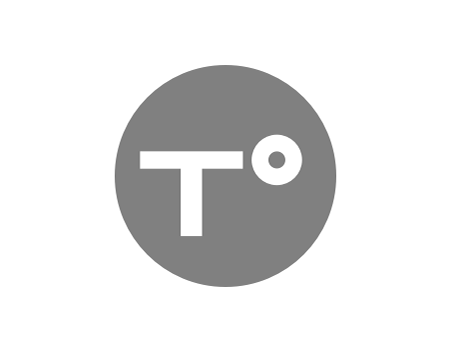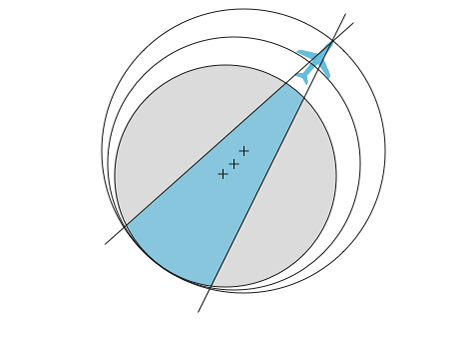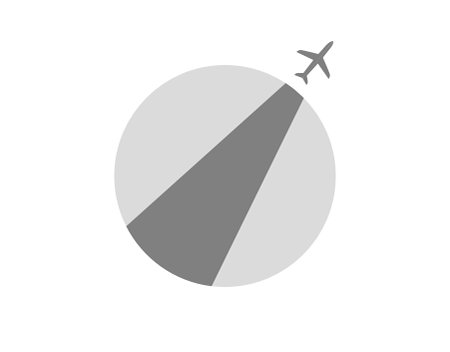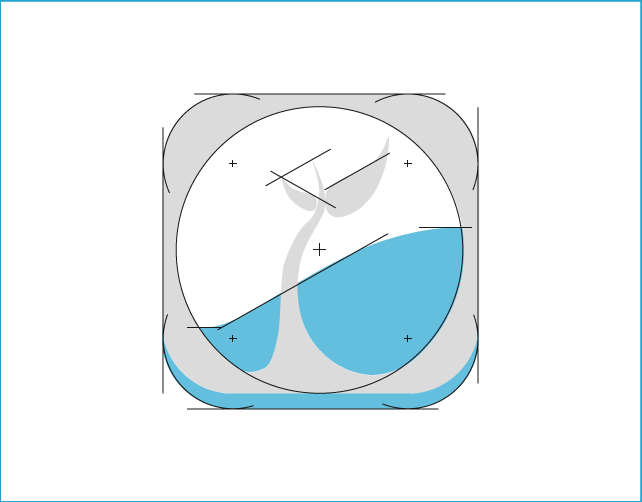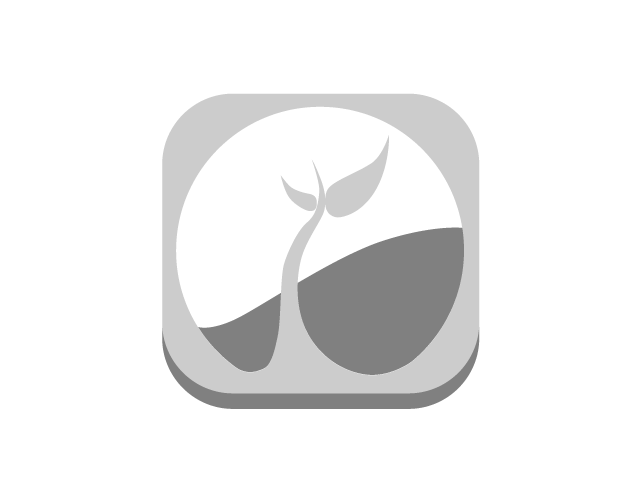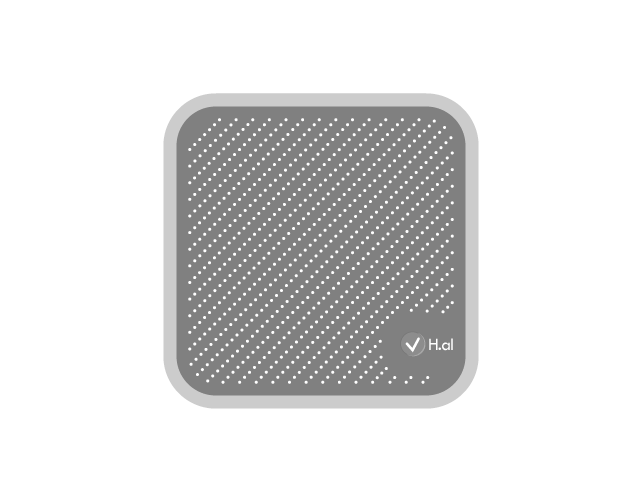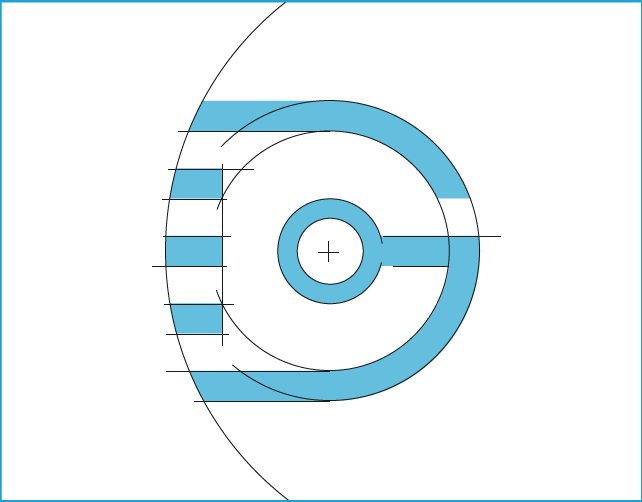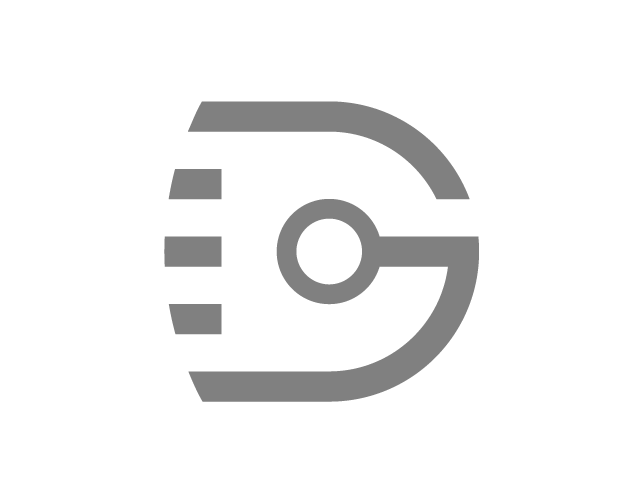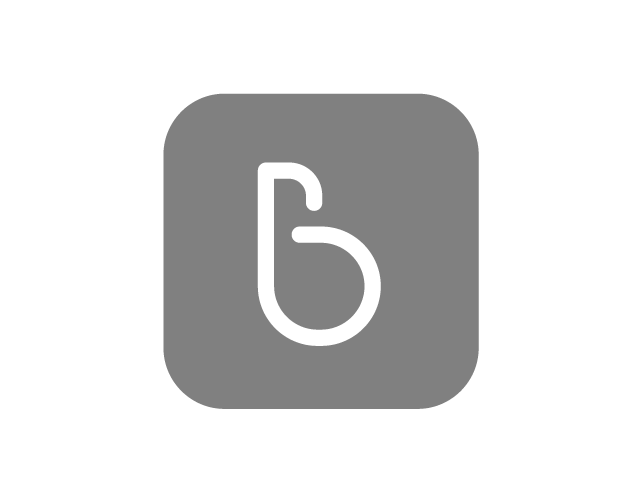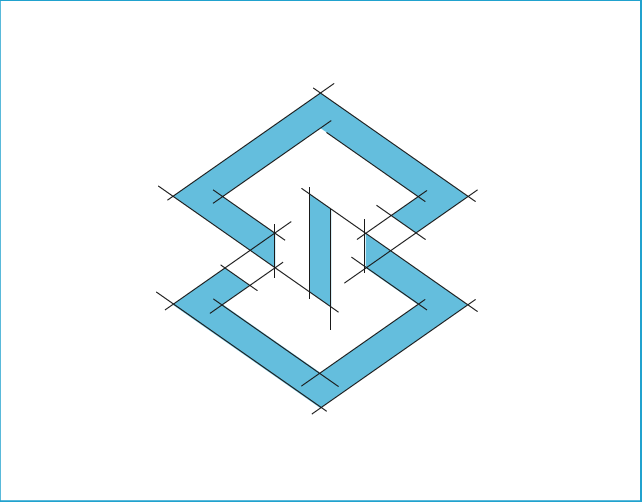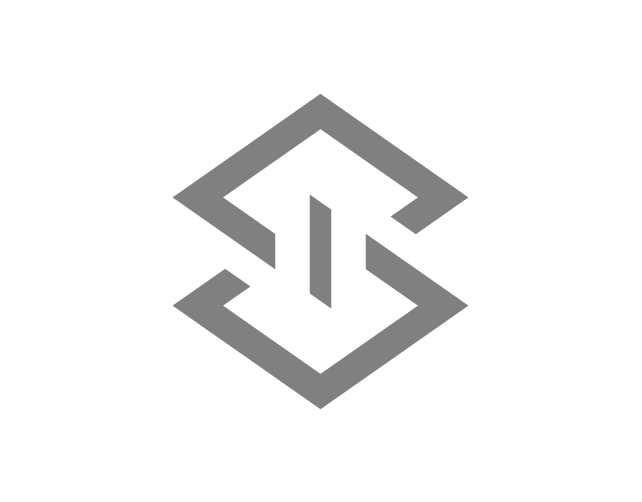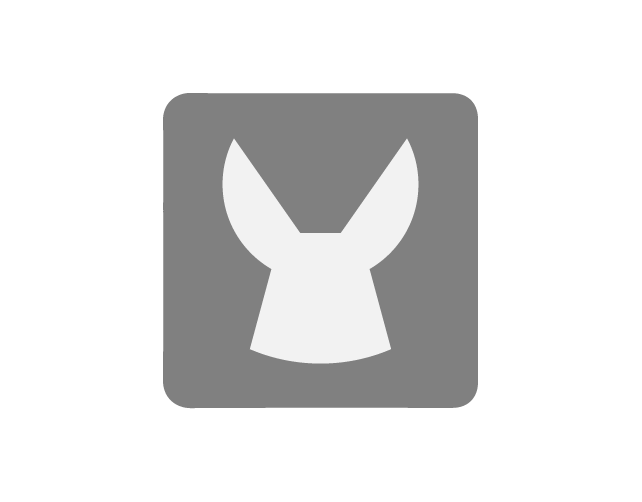Shortly after Topia acquired Polaris Global Mobility, I had the unique opportunity to travel around the world (literally) and visit with customers. I spent time onsite with 12 different customers, giving me an amazing opportunity to dive deep into areas our products could improve.
Visit Protocol
I created a 3 hour schedule that covered several topics, with a focus on UX shortcomings and opportunities. I guided discussions around team objectives, ran user tests, and collected wishlists from each organization. The team engagement was very high, and I walked away with over 140 product issues I related to my product organization. Here are some of the visit artifacts:
Process Diagram
Aside from running user tests, I focused on documenting each team's approach and asked them to identify areas they wished were more efficient. This resulted in a variety of process diagrams, which I consolidated into a "super diagram". I also infused this with potential innovation we were considering, as well as best practices. It has served as a guiding star in our product evolution for the past few years.
Emerging Opportunity
Upon further synthesis of my research data, I spent time with the Chief Product Officer at Topia and decided to focus on a specific opportunity. Almost every customer I spoke with brought up the pain of getting a quick cost estimate for mobility activities. They are regularly asked "How much would it cost to move NAME to LOCATION?", and it would take at least 15 minutes (and more likely 30) to key in the data and wait for an estimate to generate. The software to generate the estimate also required specialize knowledge and wasn't self-service for talent and people managers.
In an effort to rally my engineers and product team, I declared the goal of enabling customers to generate a cost estimate while on the phone with the requestor. This meant we needed to get input and calculation time down to less than a minute total. Having a challenging goal really helped energize the team, and eventually led to us delivering a sub 1 minute estimate.
Prototypes
To validate the design direction, I created a paper "clickable" prototype. I was able to perform quick tests with several people in the office to ensure we were on the right track.
Early visual mockup, part of 3 year design vision document
Design Evolution
After validating the experience with further user testing, we dove into the details and created a robust set of designs for engineers to weigh in on. This included figuring out all of the adjacent interactions and ensuring we'd covered the core use cases. Here are a few further iterations of the designs:
After the first version launched, I ran user tests to ensure the experience was coherent. We ran the test three times, and while the experience worked very well we learned some areas that needed refinement.
After learning from the user testing, we set our sights on feature enhancements. We had requests for a way to compare several scenarios, and settled on adding the ability to compare three distinct scenarios. This is a powerful feature because it allows customers to compare different employees and see how their locations or family size impact cost.
I'm very proud of this feature. It is compelling to follow the thread from customer feedback sessions through to the launch of an innovate experience. I'm grateful that Topia's product leadership believes in the value of design, and that a project like this is possible.
